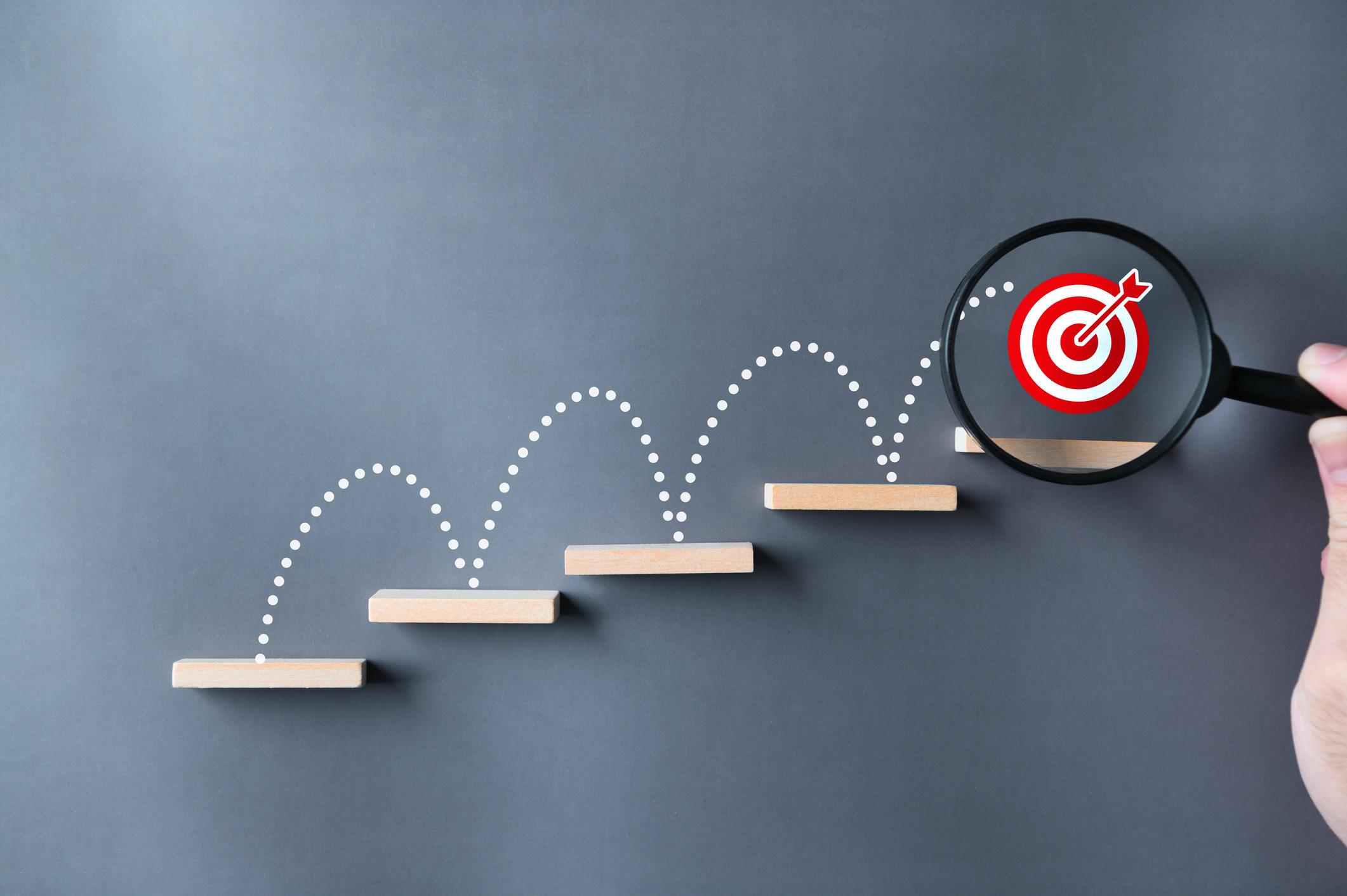
As Benjamin Franklin once said, ‘By failing to prepare, you’re preparing to fail’, but in a time of great uncertainty in a world beset by economic, geopolitical and climate-related challenges, how can the Australian Public Service (APS) better prepare for the future? It needs to develop a continuous strategic foresight capability process, and to do that, it must implement a methodological model that incorporates both a top-down approach and a bottom-up approach that focuses on nurturing leaders with key cognitive skills.
Strategic foresight is a continuous feedback loop that involves anticipating the future, innovating solutions and adapting through cognitive and behavioural changes that start with the organisation’s leaders. This enhances sense-making (the process of making sense of an environment), which is critical in building organisational resilience.
The APS has been interested in creating a Futures strategy capability for a number of decades. This has left APS agencies’ reluctant to holistically embed strategic foresight as an enduring systematic process. Other reasons include the risk-averse nature of agencies, the short-termism of political and budgetary cycles, constant political pressure to respond to myriad government policy focuses, and the exponential rate of complex changes in technological, social and economic issues.
Building on the 2019 Independent Review of the APS led by David Thodey, the government is working to embed strategic foresight into the APS. So far its efforts are highly encouraging, with annual long term insights briefings being considered. The test will be embedding systematic processes within agencies to realise outcomes from such future strategy capability.
The Australian government’s initiatives feed into a global trend of governments embedding future strategies within their agencies to encourage better policy outcomes. Notable ventures include those by Policy Horizons Canada, Singapore’s Centre for Strategic Futures, the UK Government Office for Science and the government of the United Arab Emirates. A standout for such thinking is the establishment by Wales of a Future Generations Minister. Together, such efforts have focussed on humanity, well-being, transformational future policies, elevated public and private sector collaboration, and capabilities.
At the agency level, leaders must mitigate a strategic foresight impact gap and focus on executing strategies by implementing knowledge into tangible business deliverables. Without this focus, annual leadership discussions tend to involve merely moving around ideas before reverting to address more immediate issues.
For this, the APS adopts a top-down approach where the leadership consider and articulate the future operating environment. This allows for the initial seeding of strategic foresight into the organisation’s vocabulary. However such programs are not the final intended outcome: they are a necessary first step on which to design and implement internal systems and structures, and nurture a leadership mindset that embeds strategic foresight.
This top-down approach must be complemented with a bottom-up approach that addresses individual leadership capabilities. Written future trends reports are important, but it is more critical to explore the culture in which leaders make sense of their context as part of the strategic foresight process.
In assessing the capabilities of individual leaders, there needs to be a focus on their ability to engage with complexity and navigate the exponential pace of change in the current age. Leaders in today’s world must be curious. It’s a demanding role: the complexity of the modern public sector and the pressures it places on leaders have increased at a rate that significantly outstrips an individual’s cognitive abilities.
While unconventional, a more self-reflective leadership development approach would help individuals make sense of their environment by engaging with mindset, which can then prompt changes in behaviour. Assessing a leader’s cognitive capabilities requires a holistic, perhaps even spiritual, lens. 360-degree evaluations and other diagnostic tools are inadequate for connecting them with their unconscious true selves and maximising their full potential. Traditional leadership development programs are ineffective because they are not in step with the complex demands leaders face, and they don’t cultivate the cognitive skills necessary for sense-making and articulating and executing future strategies.
Taking a combined top-down and non-traditional bottom-up approach to strategic foresight would help the APS build a more enduring system for decision-making and policy planning, navigate increasing complexities and become more resilient to change. In particular, the government must apply a set of leadership requirements focused on the potential in individuals to ensure that the organisation they lead is future-ready. As Malcolm X said, ‘the future belongs to those who prepare for it today’.